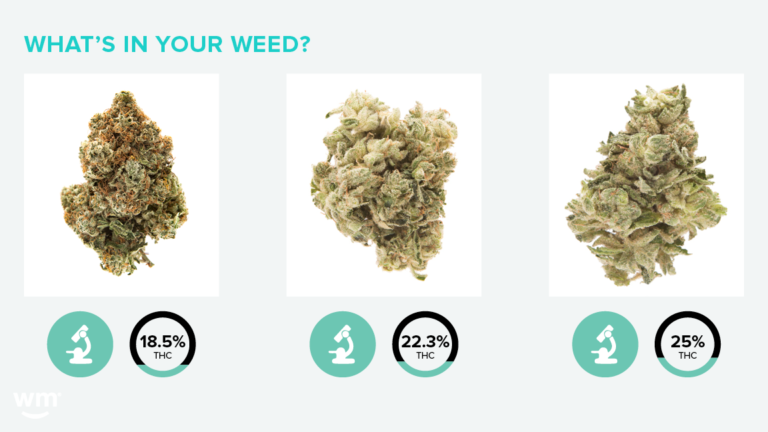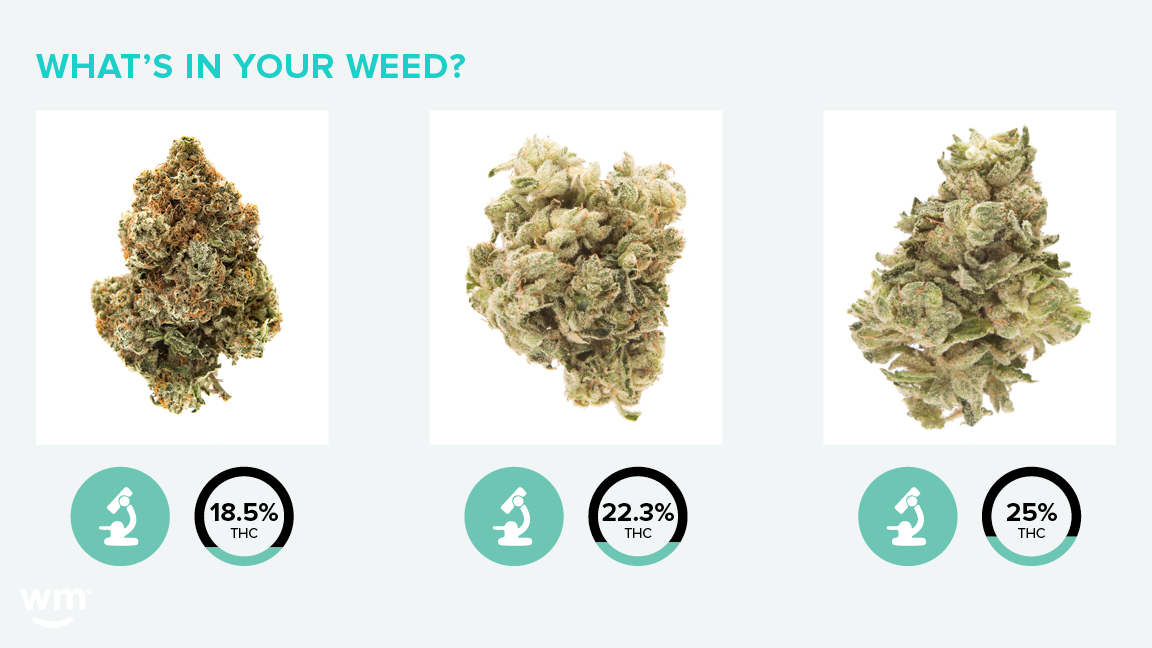Every other day a new cannabis strain with a new name pops up. Strain names for marijuana have become confusing, due in large part to the fact that they don't convey much more than a marketing message.
Some strains are proprietary and their genetics have been protected by those involved in the plant's creation. You can only get Mega Wellness from one authentic cultivator, for example. These growers keep tight control of their inventory and can verify the markets where their products can be found. But the name “Mega Wellness” alone doesn't tell you anything about the effects you can expect. You can only determine that if you're familiar with the cultivator. In other words, the names for marijuana strains alone will not reliably signify effects.
Let's use OG Kush as the next example. It's one of Southern California's most popular strains and can be found in nearly every dispensary, but the effects from one dispensary to the next can be completely different. This is primarily due to the fact that the growing conditions from grower to grower can vary and alter the resulting composition of cannabinoids and terpenes. “Annie's” OG Kush can be drastically different from “Johnny's” OG Kush. So if you want the same experience, make sure you are buying it from the same cultivator or brand.

Image lightbox

Due to the legal landscape of cannabis throughout the world, most current strains that are found have been hybridized through selective breeding by breeders. Landrace strains are the exception. They're cultivars of cannabis that have never been crossed and have evolved naturally due to prolonged exposure to elements in their natural environment. Known landrace strains originated in Afghanistan, Pakistan, Jamaica, Mexico, Africa, South and Central America, and Asia.
Where and how cannabis is grown, harvested, and processed directly contributes to the composition of terpenes and cannabinoids found in the final product. If you're looking for consistent quality, everything starts with the source (the brand) — not the strain. So it's important to explore your options to find the right flower that works for you based on what's in it and who made it, rather than the strain name alone.
 Photo by: Gina Coleman/Weedmaps
Photo by: Gina Coleman/WeedmapsImage lightbox

The names for marijuana strains can be inconsistent and have primarily been developed to add marketing appeal, though some value can be garnered from them. For example, you can expect a bright, fresh aroma from the California Orange, Tangie, and Sour Tangie strains, all of which share a fragrance of citrus fruit. Sour Diesel, NYC Diesel, and Blue Diesel strains all have, to some degree, a gasoline-like pungence, as suggested by the word “diesel” in the names. Strain names may lack uniformity and overall structure, but can add insight to some of a strain's characteristics.
Major contributions from Dr. Adie Rae.

